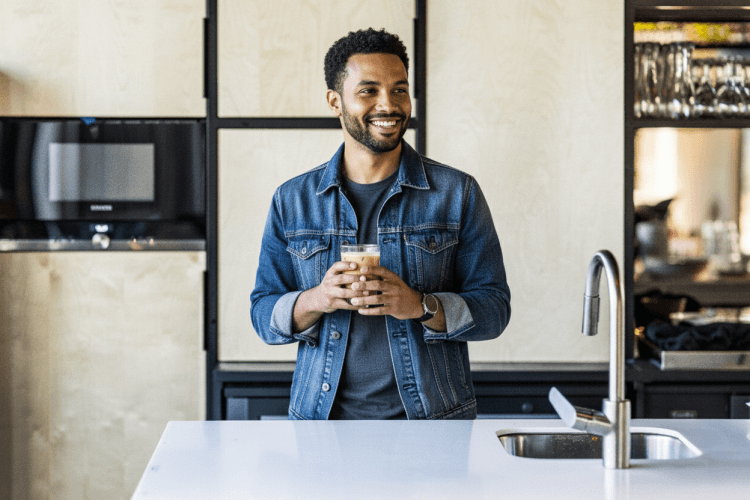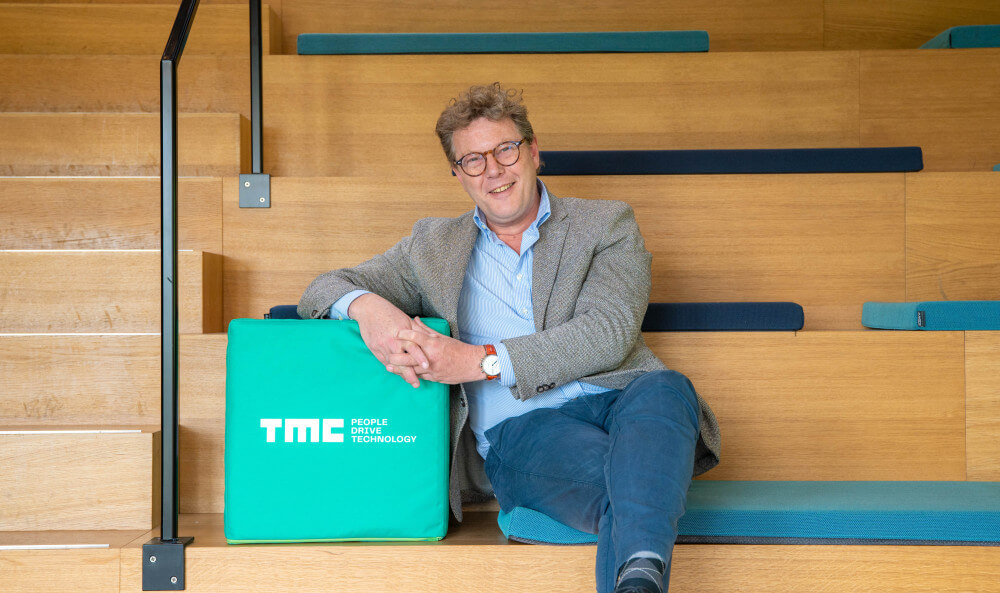![pressrelease_level21[1].png pressrelease_level21[1].png](https://www.themembercompany.com/cache/4462ce0d05b0dcb96e3bd48ef7106e67/pressrelease_level21[1].png)

Exploring three alternatives to traditional plastics
Whereas disposable plastics were the go-to solution for a big family barbecue in the garden, a snack on the go or a picnic in the park in the early 2000s, plastic plates and forks are now nowhere to be found. Under pressure from European legislation, the use of disposable plastics in the Netherlands must be reduced by 40 per cent by 2026. Not very surprising when you know that in the Netherlands we throw away as many as 19 million disposable cups and containers every day.
Leestijd: min.It started with a ban on their sale in shops, the charge on disposable bags, deposits on drinks bottles in 2021 and on cans since 2023. Since last month, consumers have been paying extra money for disposable cups and containers at takeaway restaurants, meal delivery and supermarkets-to-go. The rules will be intensified further in 2024. From 1 January next year, disposable cups and containers containing plastic will be completely banned for on-site consumption as well. This applies to catering establishments, events, offices, institutions, associations and sports clubs.
Good thing or annoyance?
A good thing for the environment, and most consumers - especially millennials and Gen Z - confirm this by actually buying and living more sustainably. Yet a large group of consumers and businesses also seem annoyed by some of the alternatives. Consumers get frustrated by tearing paper shopping bags and disintegrating paper straws, supermarkets deal with filthy packaging devices due to leaking cans, and large retailers struggle with higher procurement and transportation costs of sustainable packaging materials.
The new rule that took effect in July added new annoyances to this list. Consumers have to bring their own containers to the snack bar and AH to go, and this creates fear among some entrepreneurs of losing customers. After all, there are rules attached. Bringing a bowl does not meet hygiene requirements, because the dog might have eaten from it. A cast-iron pan is allowed. But then again, who takes their pan to the snack bar or AH to go?
In search of better
The consensus, then, is that saying goodbye to plastic is good for nature but inconvenient. Plastic has many other advantages besides convenience: it is hygienic, attractive and businesses benefit from low cost, lightweight and long shelf life. What are sustainable yet business- and consumer-friendly alternatives? That is the key question.
Option 1: cardboard
A great example of sustainable material is cardboard. It is sturdy and almost everyone knows how to recycle it. Plastic is trickier to recycle because there are so many different types. Some types are not even recyclable. The reality is that cardboard is currently not ready to replace all plastic packaging due to the global lack of raw materials to produce cardboard. The popularity of online shopping only increases this shortage. According to Pro-industry, we consume over 3.55 million tonnes of cardboard in the Netherlands alone, which amounts to 195 kilos per household.
Yet we are expected to use cardboard more and more. This is a positive development, as long as we keep cardboard production sustainable. If we increase production, we will have to plant more trees and consider air and water pollution. If we find ways to address this paradox, cardboard is a great packaging material.
Option 2: bioplastic
You see them more and more often: PET bottles and rubbish bags made from bioplastic. This material consists partly of natural raw materials, which means it breaks down faster in nature. The most common ingredients are sugar cane, potato and maize. The advantage is that less greenhouse gases are generated in the production of bioplastics than other types of plastic. A similar term is 'biodegradable plastic'; it can be digested by bacteria or fungi in the right conditions. This just turns out to be not so simple, because besides the fact that these bacteria and fungi must be present, other parameters such as the right temperature are also essential. Moreover, the digestion process can take months or - in the worst case - fail.
Another challenge of bioplastics is its recycling. As a consumer, how do you know what kind of plastic a packaging is made of and where to dispose of it? Companies still have a long way to go in communicating to consumers about this. Currently, bioplastics are still in their infancy. It is produced on a small scale, but it is gaining attention. So the prediction is that more and more bioplastics will enter the market.
Option 3: plant-based alternatives
Perhaps this is the most sustainable option. Plant-based packaging such as banana leaves for their sturdiness and mushrooms for their thread-like structure are becoming increasingly popular. Seaweed, on the other hand, is useful for increasing the shelf life of food. Albert Heijn has already started experimenting with it in 2019.
These materials can be composted in two ways: by throwing them on a compost heap at home or through industrial composting. With these materials, however, it remains important to check how sustainable they really are. This is because there is sometimes a layer of plastic hidden in them to prolong the shelf life of the natural materials.
Focus on circular economy
As the EU will not stop its regulations around sustainable materials any time soon, there is a massive focus on technology to develop the most sustainable, hygienic and user-friendly packaging. Yet plastic will not disappear from our economy for some time yet. Plastic has such a practical advantage that we still need it too much. So what should we focus on?
Governments and large companies should invest in the circular economy. Then alternative packaging can be produced on a large scale, and alternatives will come to be suitable for business and consumers. There are pioneers, such as Albert Heijn, testing what a packaging-free future will look like. Whether that is feasible and how long it will take remains to be seen.

Stuur ons een bericht voor mogelijkheden, samenwerkingen of vragen. We komen graag met je in contact!


